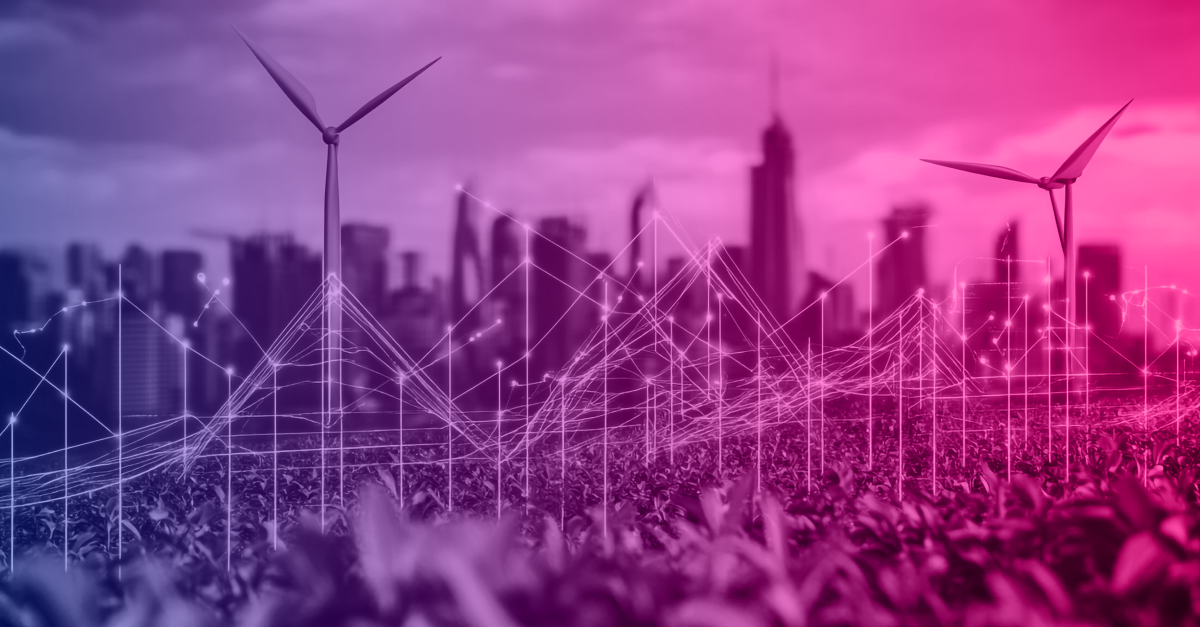As the global regulatory pressure around sustainability in industry intensifies, one question is coming to the fore: how can companies adopt smarter and more sustainable consumption practices? Artificial Intelligence (AI) has emerged as a strategic ally in this scenario, enabling smarter decisions, optimized processes and lower carbon emissions in intensive production chains. In this article, we explore some examples of how the industry is applying AI to tackle energy challenges at scale, and how Artefact is standing out by accelerating the transition to more sustainable, efficient and data-driven operations.
AI in energy demand control: A forgotten pillar
The integration of data and Artificial Intelligence into industrial processes can unlock significant levers for businesses linked to energy production and consumption. When we talk about the energy transition, the focus usually falls on generation from renewable sources – and rightly so. This emphasis is reinforced by global guidelines such as the UN’s Sustainable Development Goals (SDGs) and the reports of the Intergovernmental Panel on Climate Change (IPCC). SDG 7, for example, emphasizes the need to expand access to clean and affordable energy, while the IPCC points to the replacement of fossil fuels as one of the most effective ways to contain climate change.
For this reason, renewable generation has come to represent the main symbol of the energy transition. However, for this transformation to be truly complete, it is essential to also look at the other “side of the equation”: consumption. And it is precisely at this point that Artificial Intelligence is beginning to take center stage, by making energy use more intelligent in buildings, factories and data centers1.
With predictive algorithms, it is possible to model and predict the distribution of a building’s energy consumption, maximizing the use of local renewable sources such as solar panels. It is possible to decide every 15 minutes, for example, whether to consume from the grid, use energy stored in batteries or sell the surplus, depending on the carbon intensity of the grid’s energy at that time. This approach not only reduces emissions on a large scale, but also generates financial savings, since the times when carbon emissions are highest generally coincide with peak tariffs. This ensures that companies are more sustainable in their consumption practices and reduces their operating costs in production processes.
AI in the hybrid management of energy sources
Increasingly, companies are endeavoring to develop resilient systems that combine electrification and the use of alternative fuels. Despite the importance of electricity, several industries still maintain a structural dependence on fossil fuels. In this context, AI has played a crucial role in managing these complexities.
A practical example is the application of predictive maintenance algorithms in power plants, allowing faults to be identified before they occur. This not only reduces waste, but also increases operational efficiency and employee safety. In addition, algorithm-based tools are being used to map territories and locate the best opportunities for installing energy infrastructure, such as battery storage systems or new renewable energy sources.
By integrating physical modelling with AI – an approach known as “digital twins” or hybrid models – it is possible to simulate operations more quickly and accurately. This results in significant advances in the design and production of energy plants, promoting greater efficiency and sustainability, as well as lower maintenance costs, reduced waste, and compliance with sustainable practices.
The role of mining in the sustainable transition
Traditionally seen as a major energy consumer, mining is playing an increasingly important role as a strategic ally in the energy transition. The so-called critical metals produced by mining companies, such as nickel, manganese and lithium, are essential for batteries that power electric vehicles and renewable energy systems. However, this does not exempt mining from facing its own challenges regarding emissions and energy efficiency.
The use of machine learning models has made it possible to reduce environmental impact, especially in plants that consume large amounts of electricity. An example of this application is the use of intelligent hybrid management systems, which optimize the use of water in mineral processing while improving energy efficiency. These systems allow the intelligent choice of energy sources in real time, prioritizing the use of renewable sources (hydroelectric and solar) while avoiding the most carbon-intensive ones.
AI has also been used to reduce fossil fuel consumption in heavy equipment, such as off-road trucks and locomotives, by optimizing routes and operating modes. In metallurgy, advanced algorithms refine the “recipes” of industrial furnaces, reducing the need for carbon throughout the production process.
The challenges of adoption at scale
Although the advances and numerous use cases are promising, there are still challenges to the widespread adoption of AI solutions. One of the main obstacles is the efficient and affordable scalability of these technologies across different operations and units. Industrializing the implementation of these technologies requires more than technological innovations: it’s necessary to educate staff and adopt the solutions created in production processes. The real goal is to make AI just another tool in the toolbox of engineers, geologists and operators.
Another critical aspect is the energy consumption associated with the use of AI. Estimates indicate that data centers account for around 2% of global electricity consumption, only a fraction of which is related to AI1. To meet this challenge, the ideal approach is the strategic and optimized use of technology, prioritizing efficient and specific solutions rather than highly resource-intensive models when there is no clear need.
Future horizons: Efficiency and scalability
The path towards decarbonization and reducing environmental impacts in the industrial sector is far from straightforward. Yet, AI-based solutions offer an unprecedented opportunity to significantly reduce the environmental impact of industrial operations. In a scenario of increased regulatory and societal pressure for sustainable practices, companies that lead these initiatives increasingly have a major competitive advantage.
The scalability of solutions, investment in corporate training and the adoption of efficient and responsible technologies will be decisive for the success of this journey. Existing advances echo the maxim that sustainability and efficiency are not mutually exclusive, but rather complementary forces.
At Artefact, we believe that there are 3 key success factors for conducting a sustainability data and AI project efficiently.
- Measurement: Get an exhaustive and reliable view of your current impact, through audits, automated reports and governance processes to create realistic scenarios and trajectories.
- Action: Make data-driven decisions and implement AI use cases that have a tangible reduction impact across your entire value chain.
- Acculturation: Accelerate transformation by mobilizing the entire organization to identify innovative data-driven solutions to environmental issues.
At this decisive moment, AI is not just a powerful tool – it is a catalyst for a sustainable future. Now more than ever, adopting smart and sustainable practices must be a global priority.
REFERENCES
1 IEA – International Energy Agency, “Sumário executivo – World Energy Outlook 2024 – Analysis – IEA”
² Artefact, “AI for Industry”

 BLOG
BLOG







